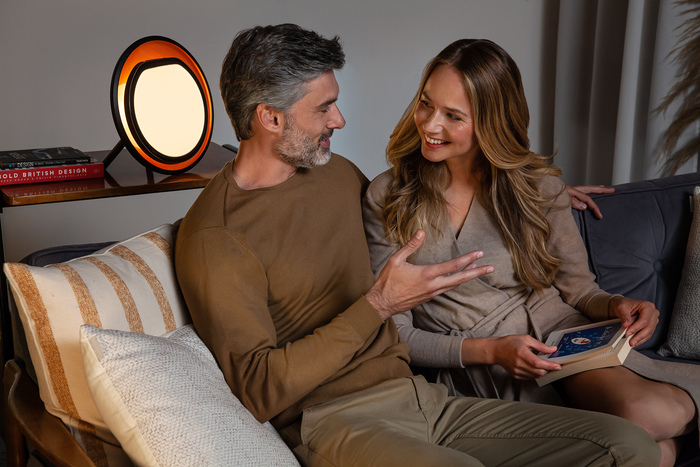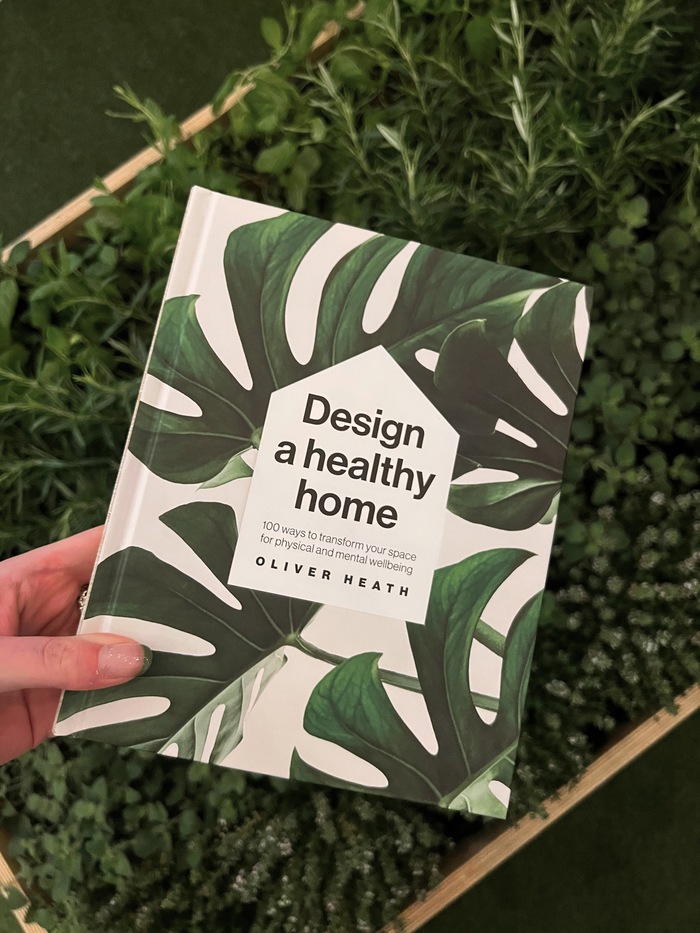What is Biophilic Design? How to Design a Home for Your Wellbeing

There’s no doubt that the relationship with our homes has changed since the pandemic. Previously, they were seen as a way to showcase wealth, style, or status, investing in interior trends rather than our own wellbeing. But when the pandemic hit, we were forced to look inwards and identify why our homes were no longer serving us, and how we could improve them.
Historically, humans have spent 99.9% of their time in nature, which is why in times of stress or unease, we turn to the great outdoors. During the pandemic, we went in search of green spaces and invested in our gardens to help us feel safe and connected to the outside world. This connection to nature goes back way before we became urban dwellers, when the outdoors was a place where humans survived, thrived, and evolved.
Biophilic Design has been built on the concept of biophilia, the innate human attraction to nature and all that is alive. Essentially, the idea of bringing the outside, in. Designing a space with your wellbeing in mind is more than buying a few new houseplants, it requires you to look at how your home could make you a healthier and happier version of yourself.
Need some help? Here are our top tips for designing a healthy home...
Did you know that over 19% of us work at our kitchen or dining table? After two years of remote and hybrid working, not having a designated workspace can take a toll on both your physical and mental health (take a look at our tips for looking after your wellbeing while wfh!). You need that separation between work and home, whether that's a home office or a corner of your living space you can walk away from at the end of the day.
Take care of your physical health and make sure your home office furniture supports your spine to help reduce back strain and posture issues. As well as making sure you have the correct set-up, surround yourself with things that will boost your mood and motivation throughout the day. A view of greenery can increase work performance by 10-25%, so introducing plants into your workspace can work wonders for your productivity. Investing in a light therapy lamp will also help increase your energy levels while working from home. Sunlight is a natural mood-booster, influencing body chemistry (e.g. melatonin and serotonin levels), making you feel more awake and positive. If you are indoors with limited exposure to natural light, a bright light therapy session with Halo is the next best thing.
As we know, sunlight = natural mood-booster, so make sure you're letting as much daylight into your home as possible. Not only does light help improve our mood and energy levels, but it's also the most powerful synchroniser of our circadian rhythm, which affects all aspects of our wellbeing.
Dirty windows can reduce natural light by 40%, so it's so important to make sure your windows are cleaned regularly to let as much light in as possible. Just like dirty windows can stop the sun streaming through your home, not drawing your curtains back fully or having a cluttered windowsill could be coming between you and that much-needed daylight. Make sure curtains and blinds are fully tied back and remove anything that could be obstructing natural light, such as houseplants or picture frames.
We spend our lives surrounded by technology, often from the minute we wake up to the moment we go to sleep. Not only can this over-consumption of content be detrimental to our mental health, the blue-light emitted from these digital devices can play havoc with our body clock, disrupting our circadian rhythms with its alerting qualities.
While blue light is great for making us feel energised in the morning, exposing ourselves to it in the evening can stop you from getting your best night's sleep. Introduce a tech-free zone into your home to retreat to at the end of a busy day. Having this space to unwind in the evening can help you decompress with no distractions. Switch Halo to Evening Mode to create a naturally serene environment with its reduced blue light content, perfect for the hours before sleep.
Did you know that two-thirds of adults get less than eight hours of sleep per night? Well, you probably do, as it's likely that you're included in the majority. The fast-paced, modern lives we live have been affecting our sleep for years, causing out-of-sync body clocks and over-active brains. This inability to switch off has made it more important than ever to create a sleep sanctuary with no distractions (check out our top tips on how to ban your phone from your bedroom!).
It's often said that a great night's sleep starts the minute you wake up, and we couldn't agree more. That's why we suggest you make the change and wake feeling refreshed and ready for the day with our Bodyclock sleep/wake-up lights. Just like our ancestors synchronised their body clock to the natural rising and setting of the sun, Lumie wake-up lights slowly send you to sleep with a fading sunset and rouse you from sleep with a gentle sunrise. This gradual light helps your brain to distinguish day and night in our modern world of technology, alarms and unusual working hours. Say goodbye to your phone's harsh alarm and hello to a restful sleep environment!
Want to learn more about Biophilic Design? Discover Oliver Heath's Design a Healthy Home, featuring 100 ways to transform your space for physical and mental wellbeing.










